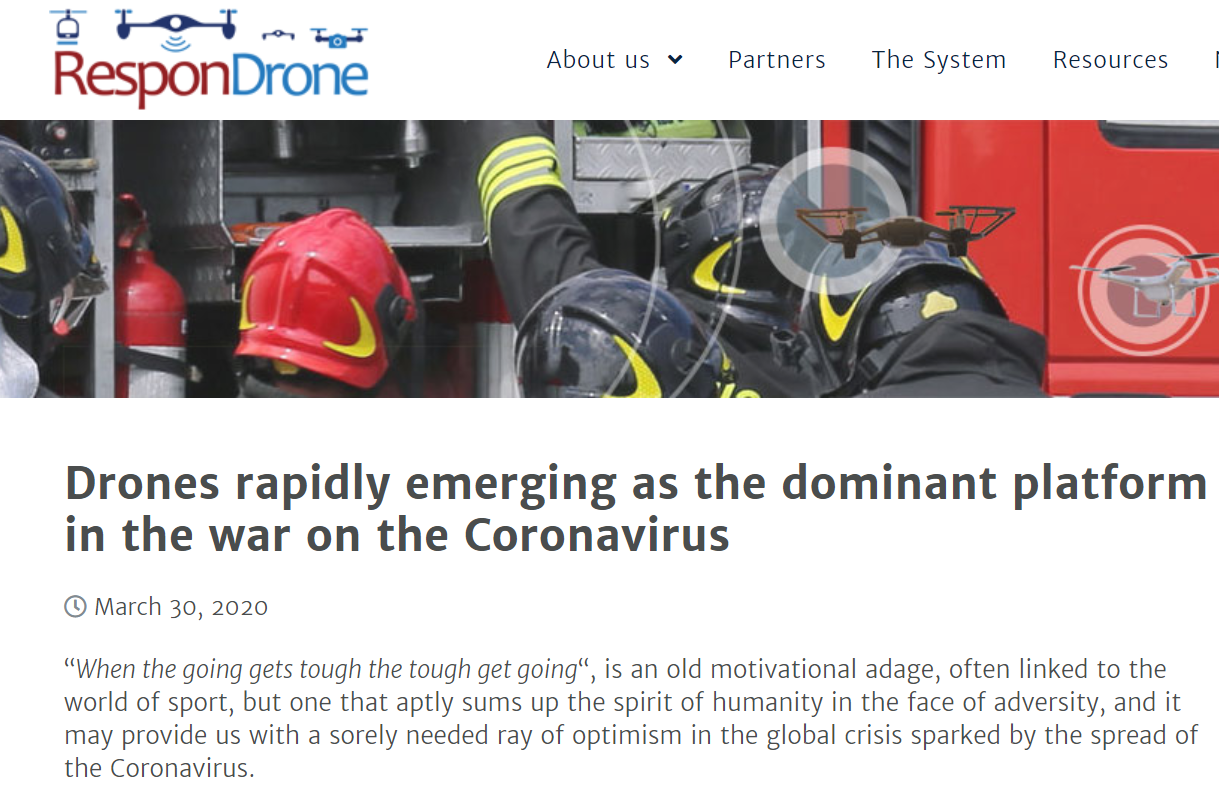How to disseminate and communicate EU-funded projects in the days of Corona
These days aren’t easy for anyone. Social distancing and forced quarantines are preventing many from working as usual.
This is also the case for many EU-funded projects, whose regular activities have been severely hampered by the Coronavirus outbreak. With consortiums comprised of partners from a range of organizations (industry, research, academia, NGOs, etc.) located all over the continent, it is hard to follow regular routines.
When some of the partners are on unpaid leave and others are being recruited to help fight the pandemic, projects, which rely on teamwork, need to find creative solutions to continue operating.
Those involved in dissemination, communication and exploitation of Horizon 2020-funded projects find themselves in a difficult situation, having to communicate projects that are only partly active, while all future events – the cornerstone of most projects’ dissemination activities – have been canceled for the foreseeable future.
Be proactive now
No wonder then that many marketing communication experts are looking for ways to continue and to be productive. We believe that in the current situation you should adopt a proactive approach.
In these times, you should focus on your strategy and examine how it is being implemented. Here are some ideas you can adopt to get your communication efforts back on track.
- Review and update your website – This is a perfect opportunity to take a closer look at the project’s website. Check if your site carries the right messages reflecting the current stage of the project’s development. Make sure that information is presented in a clear and informative manner, that all partners are listed, that your vision is clearly stated, that event details are correct and that all public deliverables are posted. Think of additional information your site visitors might find useful such as flyers, brochures, video clips or infographics.
- Write new blog posts – If you have a project blog, this is a great time to think about the next posts, and if you don’t have one now is the time to set it up. If your project is in a field that is relevant to the fight against COVID-19, you must write about it. Even if it is not directly related, you may find a connection. Take, for example, the ResponDrone Project, which is developing situational awareness systems for first responders. The project, which is still at an early stage, posted a blog post which explained how drones are used by different team members to fight the lethal virus.

- Be active on social media – One of the clear outcomes of the current situation is that social media consumption is on the rise. Facebook stated last month that phone calls over Facebook’s apps more than doubled and that messaging on Instagram and Facebook soared by over 50 percent. “We’re just trying to keep the lights on over here,” Facebook’s Mark Zuckerberg admitted in an interview. So, start generating content and put effort into publishing posts, stories and tweets to further increase your audience reach.
Future Plans
- Draft your next newsletter – Newsletters are an excellent way of staying in touch with different stakeholders. Encourage your partners to come up with topics you can address and start drafting and designing your next issue.
- Organize virtual events – Dissemination efforts rely heavily on partner meetings and participation in conferences and industry events. Unfortunately, it will be a long time before such events take place again. You should therefore think about how you can move your events to the virtual world, and you may find that you can reach a much wider audience than ever before. For example, the HiSea Project was planning to hold a stakeholders’ meeting in the Port of Valencia at the beginning of June 2020.The project was quick to adapt to the new reality and is currently working on a virtual meeting that will enable the consortium to present its new platform to a much larger audience than could have taken the time to travel to Spain according to the original plan. This is also a great opportunity to organize podcasts and webinars to engage with the project’s prospects.
- Expand your media outreach – Check what news you can share with the media and general public. Think of things your target audience would like to hear about. Some people are eager for news that has nothing to do with the Coronavirus, while others look for corona-related news items. An example of a news item unrelated to COVID-19 is a press release issued by the ODYSSEA Project in the midst of the crisis announcing the deployment of the project’s technology by gas and oil exploration company Energean.An example of a coronavirus-related item is provided by the iReceptor Plus Project, which announced that it will offer its technology tools and infrastructure to facilitate the sharing and analyses of antibody and T-cell receptor sequencing data from COVID-19 patients.
There are many other ways you can promote your project these days. If you have any such ideas, we would be happy if you share them with us. If you need any help in promoting your project, don’t hesitate to contact us.
If you take the right measures, you can be almost certain that once this terrible crisis ends, your project dissemination and communication strategies will be well-positioned to continue at full steam and that the damage caused to your ongoing efforts is minimal.




